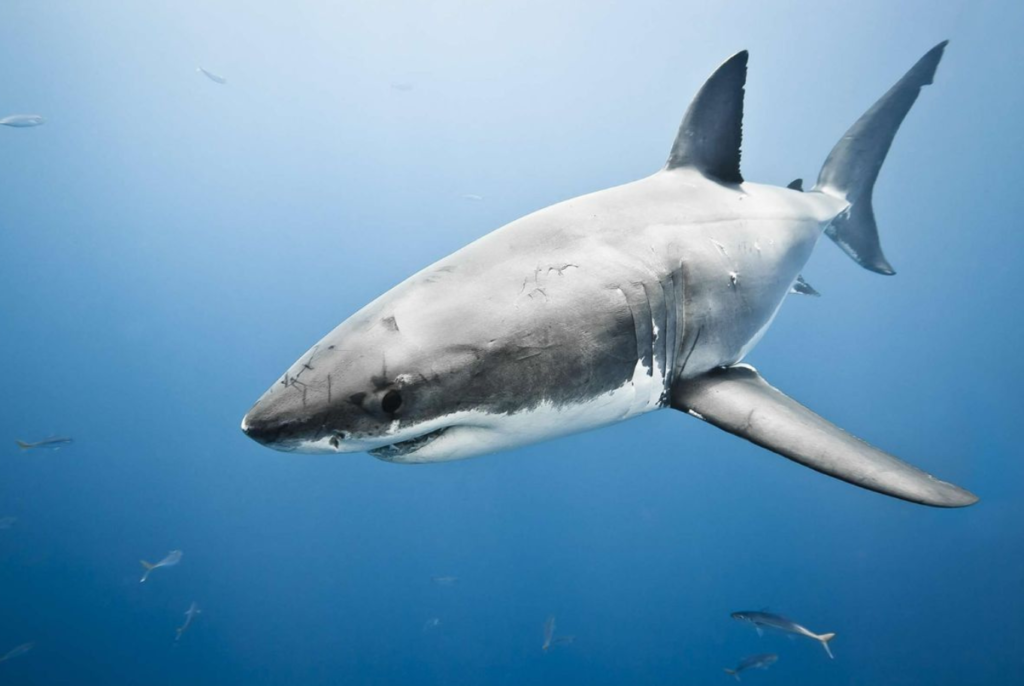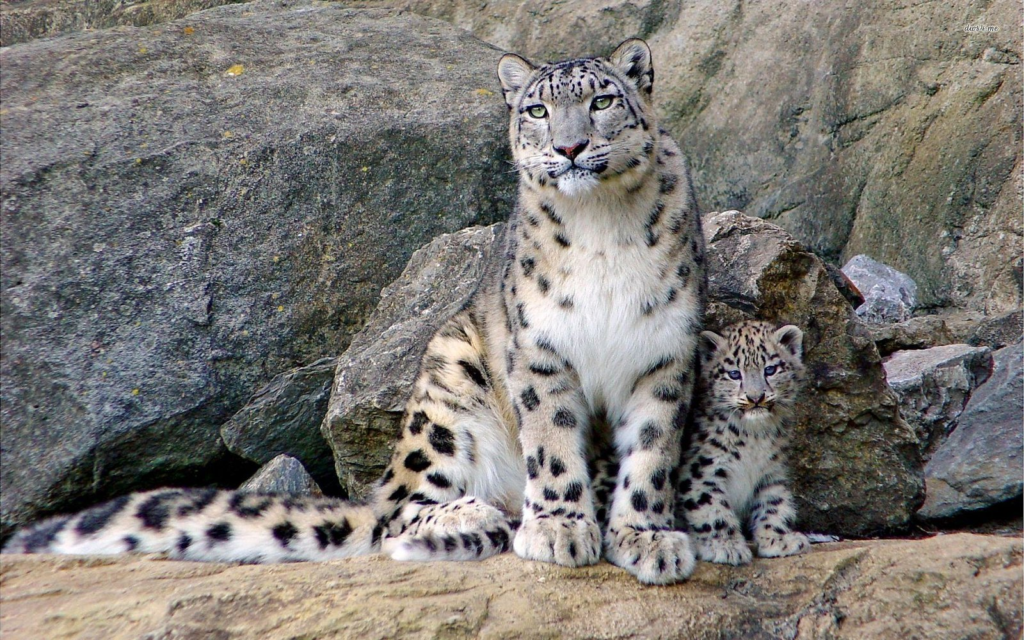Great White Shark (Carcharodon carcharias)

The year 2024 witnessed a rare footage as a drone captured for the first time what is believed to be a newborn Great White Shark. The Great White Shark is the largest predator on the planet, preying on larger prey than the entire Shrimp family, but observing their reproduction is not simple. The footage is the closest evidence humans have obtained in the process of understanding where baby Great White Sharks come from.
The creature in the video is only 1.5 meters long, a length consistent with estimates of newborn Great White Sharks. It appears to be shedding a white layer on its body while swimming. It cannot be ruled out that this may be a sickly newborn shedding skin due to a skin condition, but it is also possible that the small creature is excreting substances from the uterus after just being born. Observations of some large sharks, possibly pregnant, in the days leading up to this footage also support this view.
The area from off the coast of Santa Barbara, California, to northern Baja California, Mexico, is believed to be a potential breeding ground for Great White Sharks. However, at this time, humans have not observed the birth process of baby Great White Sharks.
Whale shark (Rhincodon typus)

The title of the largest fish species on the planet belongs to the whale shark, the “giant” that feeds on tiny creatures belonging to the Planktonic order, can grow up to about 20m long and weigh 20 tons. According to the Galapagos Whale Shark Project, 21 newborn whale sharks have been spotted in the wild, but no one has ever seen this species give birth.
The Ningaloo Reef in Australia may be the breeding ground for whale sharks because they gather here in large numbers every year after the coral spawning and the blooming of plankton. Finding the exact answer for these massive creatures is even more challenging because sometimes they dive deeper than the range of tracking devices, down to 2,000m.
Blue whales (Balaenoptera musculus)

The largest mammals in the world also evade the curious eyes of humans when it comes to breeding. However, experts have filmed them performing impressive mating dances. In the dance, a group of male blue whales pursues a female, using their massive bodies to try to outdo each other.
Rare observations of blue whales also include them nursing their young. Newborn calves are already quite large, weighing around 2,200 – 2,700 kg, according to the Marine Mammal Center. Throughout their lives, blue whales visit every ocean except the Arctic. Although no one has ever observed the birthing process of a blue whale, scientists believe that blue whales migrate to warm waters off Central America to breed.
Sao La (Pseudoryx nghetinhensis)

Marine creatures may evade human observation in the vast and deep oceans, but mysteries also exist on land, including the case of the saola or “Asian unicorn.” This is one of the rarest animal species in the world and belongs to the Bovidae family.
The saola is found in Laos and Vietnam, along the Annamite Range, where they live deep in the forests. Humans became aware of their existence through camera traps, sightings of their distinctive horns in villages, and local knowledge, but no biologist has been lucky enough to encounter them in the wild, and no one has ever seen them give birth.
Snow Leopard (Panthera uncia)

The snow leopard has been bred in captivity, aiding scientists in understanding their reproductive process. However, finding the breeding grounds of this animal in the wild is nearly impossible. This mysterious species lives in remote, high-altitude mountain regions and is extremely elusive, blending seamlessly into the rocky terrain.
The Snow Leopard Trust and Panthera have discovered two breeding dens by tracking female individuals with radio collars. Both dens are situated high up in rocky mountain gorges, with one being in an artificial den and the other nestled within a narrow rock crevice.
Javan rhinoceros (Rhinoceros sondaicus)

The Javan rhinoceros, one of the five rhinoceros species remaining on Earth, is among the rarest and largest animals in the world. Only males possess horns, and their horns are relatively short and stout. Currently, they are classified as critically endangered in the IUCN Red List, but there’s good news as cameras have captured images of wild-born calves earlier this year.
The entire wild population of Javan rhinoceroses resides within Ujung Kulon National Park on the island of Java, Indonesia. Therefore, although no one has seen it firsthand, scientists know that this is where they give birth. Providing space for wild animals is crucial for their well-being, and the Javan rhinoceros calves in Ujung Kulon are remotely monitored with the assistance of camera traps.




